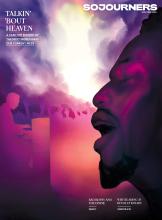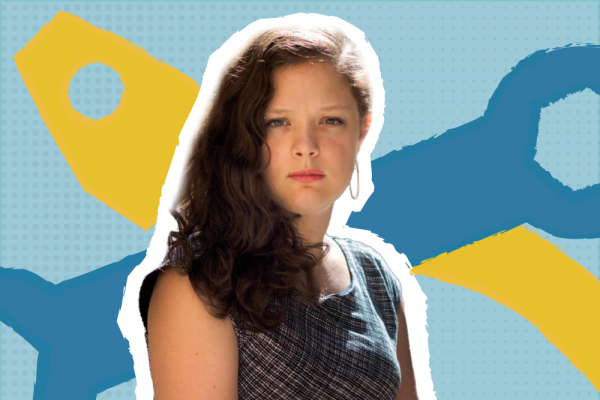Feb 4, 2025
Whatever multitasking, social media doomscroll, or email hell you’ve got yourself in right now, I want you to slow down, take a deep breath, and give your full attention to this interview.
Read the Full Article

Already a subscriber? Login
